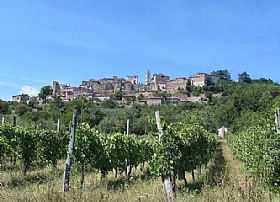Civita di Bagnoregio
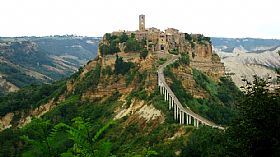
Bagnoregio means "royal bath," alluding to its importance as a thermal spa two millennia ago. The village of Civita di Bagnoregio is a dramatic sight crammed on top of a tufa bluff that has been banged by the wind and suffered regular landslides that continue to cause the village to slowly crumble away. The town fights against the odds to survive the elements and clings to its unlikely perch amidst an almost surreal landscape of clay formations and tufa erosions along the valley. It alternately looks eerie or enchanting, depending on the time of day, the play of sunlight or clouds, and the mist that frequently rolls in around it.
Access to Civita di Bagnoregio is pedestrian-only across a 300-meter long footbridge (985 feet), that deposits you into the cluster of medieval stone homes made of hewn stone that look like they grew out of the landscape naturally.
Porta Santa Maria doesn't seem too welcoming at first glance with its pair of carved lions that claw two human heads, but they're not a warning of what fate awaits you - they're the symbol of the locals' victory over the tyrants many centuries ago. Meander along via Santa Maria and arrive in the delightful piazza where the Romanesque church of San Donato houses a gorgeous wood crucifix dating to the 1500s and some fabulous frescoes. Wandering through the village you'll see some wonderful architecture spanning several hundred years of styles with some surprisingly elegant palazzi for such a small town. Renaissance era buildings stand proudly along the narrow alleys, mixed with pretty town houses, all decorated with hammered iron balconies, creeping ivy and overflowing flower boxes. All around the town you'll enjoy views galore from this lofty position. The town is well preserved in its antiquity thanks to its relative isolation, but tread lightly - Civita di Bagnoregio has been placed on the list of most endangered places.
Enjoy a stroll, the views, and the ancient atmosphere for an incredible town. Despite its compact size, Civita offers a handful of eateries and a wine bar, along with the requisite coffee bar and fruit stand. It also hosts an annual event called the Palio della Tonna, a donkey race in the main piazza, on the first Sunday of June. There are art fests, food festivals and, at Christmastime, a gorgeous living nativity scene.
The main town Bagnoregio is overshadowed by the hilltop village but also offers visitors some interesting sites. The ancient Porta Albana, the Tempietto di San Bonaventura with a Greek cross plan and grand cupola, and the Cathedral of St. Nicholas are all worth a stop. The current temple was renovated in 1606. Have a look at the beautiful 12th-century Bible, an illuminated manuscript on parchment with incredible designs and beautiful script, which probably belonged to St. Bonaventura himself.
The area is noted for its salami and prosciutto production, so be sure to sample the delicacies and sip some of the light, fruity local wine. Bagnoregio is located in northern Lazio, practically skirting the Umbrian border. It's near Orvieto, Lake Bolsena, Viterbo and Todi.
Rent a holiday home in Rome and Latium and travel like a local.

 Amalfi Coast
Amalfi Coast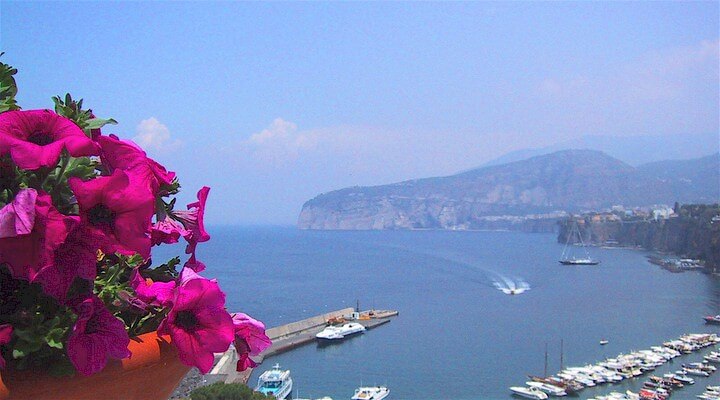 Sorrento Coast
Sorrento Coast Tuscany
Tuscany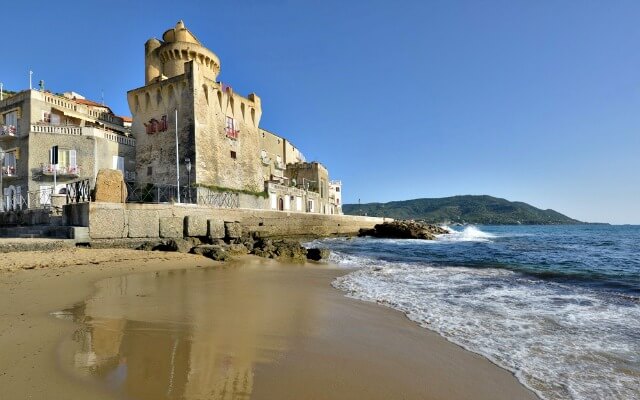 Cilento National Park
Cilento National Park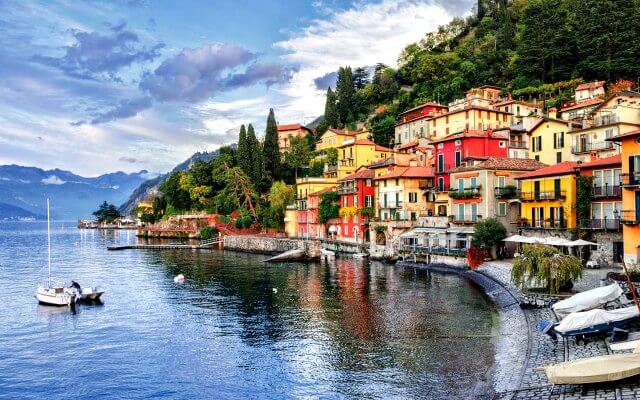 Lake Como
Lake Como Rome and Latium
Rome and Latium Umbria
Umbria Capri and Ischia
Capri and Ischia Venice
Venice Puglia (Apulia)
Puglia (Apulia)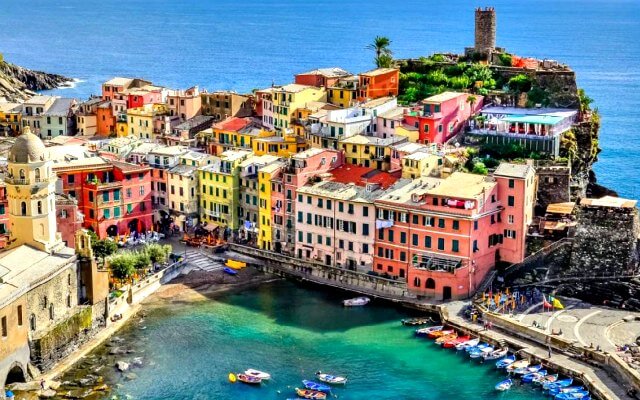 Liguria
Liguria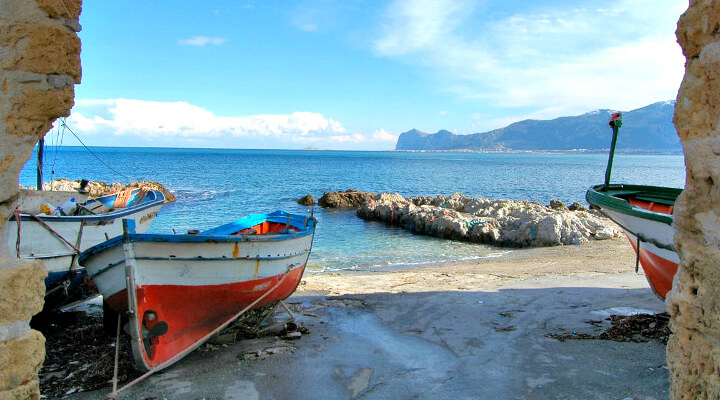 Sicily
Sicily Lake Maggiore
Lake Maggiore Lombardy
Lombardy Sardinia
Sardinia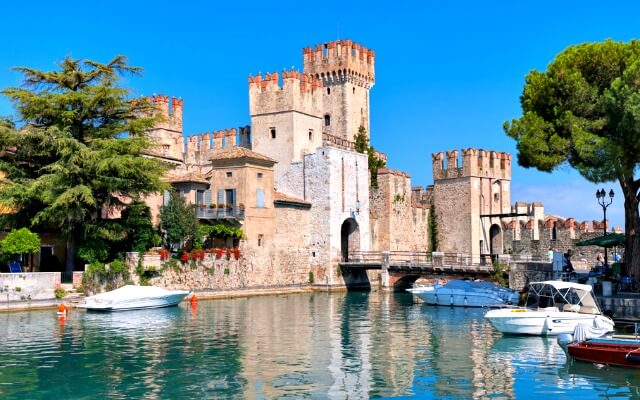 Lake Garda
Lake Garda Abruzzo and Marche
Abruzzo and Marche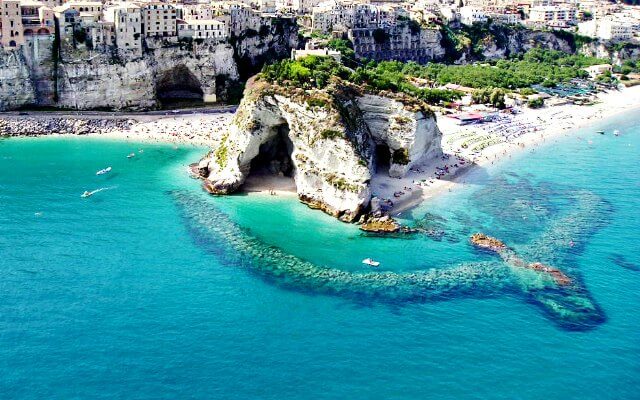 Calabria
Calabria
